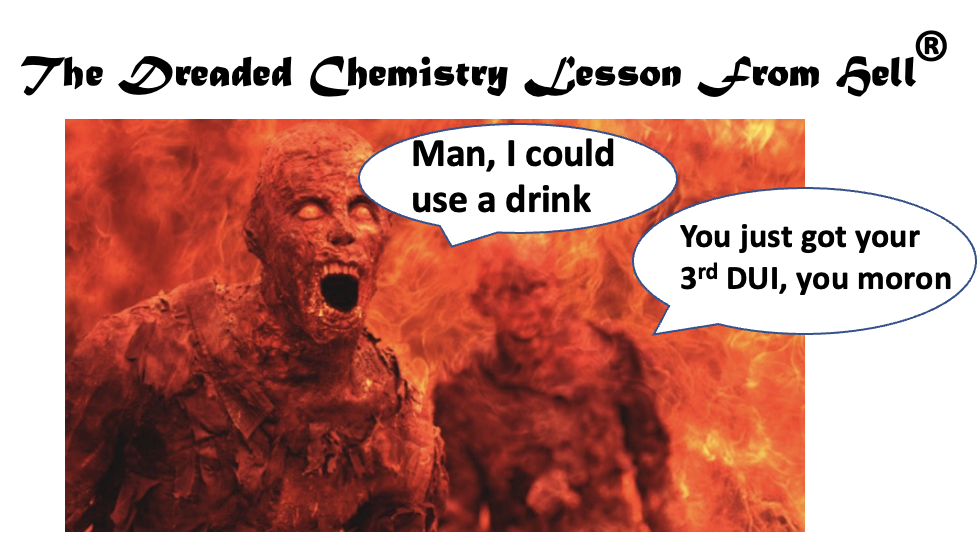First, let's tip our hats to the Environmental Working Group for successfully bullying Johnson & Johnson into reformulating its time-tested Baby Shampoo, a childhood staple since 1953. What was wrong with the product? Nothing really, but EWG made a big stink about a minuscule amount of quaternium-15 – a preservative that breaks down, releasing a minuscule amount of formaldehyde, something that my colleague Susan Goldhaber wrote about in 2022. How much formaldehyde? Just about none. What's the risk in removing it? Maybe a lot.
In 2020, the State of California became the first State in the U. S. to ban 24 ingredients from cosmetics and personal care products, including the preservative formaldehyde, Quaternium-15, and several parabens. This presents a real danger to public health as the availability of safe and effective preservatives is reduced, resulting in the increased use of ineffective or inadequately tested alternatives and an increased risk of serious bacterial outbreaks.
Susan Goldhaber MPH, June 7. 2022. On our site.
Dr. Joe Schwarcz, aka "Dr. Joe," a long-time ACSH friend, the director of the prestigious McGill University Office for Science and Society, and a Ph.D. chemist, does not mince words:
Any suggestion that formaldehyde in shampoo presents a cancer risk is unfounded. Actually, mommy’s breath may be a greater risk.
Dr. Joe Schwarcz
Nonetheless, the chuckleheads at EWG celebrated this meaningless event as if they'd come up with the polio vaccine when all they did was to "encourage" J&J to switch from one preservative to another, something that will make ZERO difference to all of baby kind. Oh, they were so pleased with themselves!
“Consumers should not have to hope that companies will do the right thing and avoid using potentially hazardous ingredients...[w]e need stronger chemical regulations and measures that can keep products containing such ingredients off the shelves in the first place.”
[former] EWG executive director Heather White, Jan. 2014 (a lawyer)
To which I add:
It is unfortunate that companies are forced to make meaningless changes to perfectly fine products because a bunch of scientific know-nothings pick a chemical out of a hat, make a big stink out about it, and bask in the glory as self-proclaimed saviors of mankind as the company folds like a three-dollar lawn chair and capitulates to carefully calculated demands. That, of course, is the end game. In reality all EWG really did is pull off a great PR stunt that will accomplish nothing, except perhaps increase its donations.
Josh Bloom (a chemist and cynic)
What does this have to do with alcohol? Plenty. There is no question that in sufficient quantities, formaldehyde is carcinogenic. But so is its chemical cousin, acetaldehyde – which we are exposed to in significant amounts every time we drink alcohol. As I pointed out recently, people are terrible judges of relative risks, and this is no exception. While they worry about a vanishingly small amount of formaldehyde, they drink alcohol, which is much worse.
Why does alcohol cause cancer?
It doesn't.
Which probably requires some sort of explanation.
And for that explanation, we know who to call, right?
You bet! Steve and Irving are well-rested, cranky, and raring to go! That means it's time for another episode of...

Steve (left) expresses a poor idea. Irving responds appropriately.
Drug metabolites can sometimes be therapeutic (Wellbutrin is a pro-drug of the active drug) or toxic (Tylenol is oxidized in the liver to form NAPQI, a potent liver toxin), depending on the drug's chemical structure. As with Tylenol, alcohol itself isn't the culprit; it's acetaldehyde, a metabolite that is a known carcinogen. Acetaldehyde is the product of the first of a two-step metabolism of alcohol, each being governed by different enzymes.
1. Alcohol +. Ethanol dehydrogenase ------> Acetaldehyde
2. Acetaldehyde + Acetaldehyde dehydrogenase ------> Acetic acid (harmless)

Formaldehyde (L) and acetaldehyde (C) differ only by one carbon atom. They are both highly chemically reactive and thus, toxic. Acetic acid (R) is neither.
Here's the problem. Although acetaldehyde disappears quickly once it's formed (or you'd be dead) when you keep drinking and supplying more and more ethanol, some acetaldehyde will stick around for a while. (Acetaldehyde is one of the chemicals that causes hangovers.) This is where cancer comes in. Both formaldehyde and acetaldehyde are reactive chemicals called electrophiles (don't ask). Electrophiles just love amino (NH2) groups. Guess one place where plenty of amino groups hang out? DNA.

The four DNA bases. Cytosine, guanine, and adenine have amino groups (yellow arrows) that can react with electrophilic chemicals and drugs and form stable, covalent bonds.
Here's why alcohol is a carcinogen (good luck following it):

(Left) Adenine as it normally exists in DNA. The blue circles indicate the rest of a (very) long DNA strand. Step 1 represents the reaction of the NH2 group with acetaldehyde to form an imine (green box). This step is chemically reversible, as indicated by the double arrow. (Right) Step 2, a reduction, is not reversible. The imine is now a simple ethyl group. You've heard of DNA methylation, right? Well, this is DNA ethylation, which causes the same kind of damage. When DNA is chemically altered in this fashion the two strands no longer fit together properly. There's a mutation.
Wrapping things up...
TDCLFH©️ is usually chemist-friendly but not so much for non-scientists. But most say that they can, perhaps with the aid of crack cocaine, follow them enough to learn a few things without putting their heads in an oven. For reasons I cannot explain, I made this one even worse; if you got through this mess, good for you!
For what it's worth, you have company...

Steve and Irving, not the most chipper duo, even on a good day, express their feelings about this hideous article.
They have a point. So, if you got through it without contemplating self-harm, the next round's on me.



